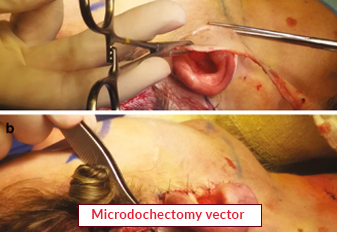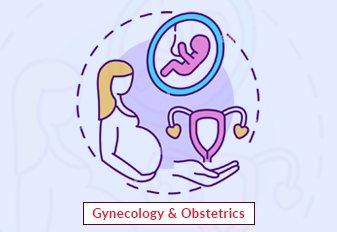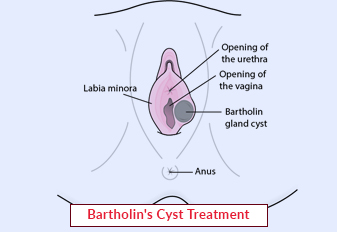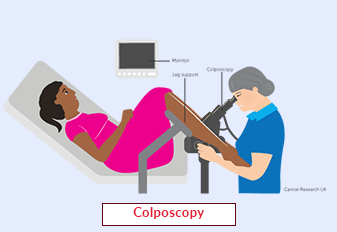Microdochectomy

Microdochectomy is a surgical procedure performed to address specific issues within the milk ducts of the breast. This surgical intervention is designed to remove a blocked or problematic milk duct, providing relief from symptoms and ensuring the smooth flow of breast milk. In this article, we will explore the concept of microdochectomy, its significance in breast health, and the procedure involved in this specialized surgical technique.
Book an AppointmentAbout Microdochectomy
Microdochectomy is a surgical procedure that focuses on the removal of a single milk duct or a segment of the milk duct system within the breast. The milk ducts are responsible for carrying breast milk from the lobules (milk-producing glands) to the nipple, enabling breastfeeding. When a milk duct becomes blocked, infected, or develops other abnormalities, it can lead to discomfort, pain, and difficulties with breastfeeding.
Procedure of Microdochectomy
- Preoperative Assessment: Before the microdochectomy procedure, a thorough evaluation of the breast is conducted. This typically includes a clinical examination, imaging tests (such as mammography or ultrasound), and sometimes a biopsy to rule out any underlying malignancy.
-
Anesthesia: Microdochectomy can be performed under general anesthesia, which ensures that the patient remains asleep and pain-free during the procedure. Alternatively, local anesthesia with sedation may be used, numbing the breast area while the patient remains awake but relaxed.
-
Incision and Duct Removal:
-
A small incision is made in the breast to access the affected milk duct. The surgeon carefully identifies and isolates the problematic duct using specialized instruments and techniques.
-
The blocked or abnormal milk duct is then excised, ensuring complete removal while preserving surrounding healthy tissue. In some cases, a segment of the duct system may need to be removed if multiple ducts are affected.
-
-
Closure and Recovery:
-
After removing the targeted duct, the incision is meticulously closed using sutures or adhesive strips. A sterile dressing is applied to the incision site to promote healing.
-
The patient is monitored in a recovery area for a short period and then discharged with postoperative care instructions. Follow-up appointments are scheduled to monitor healing and address any concerns.
-
Require Assistance?
Get A Quick Callback From Our Healthcare Experts






